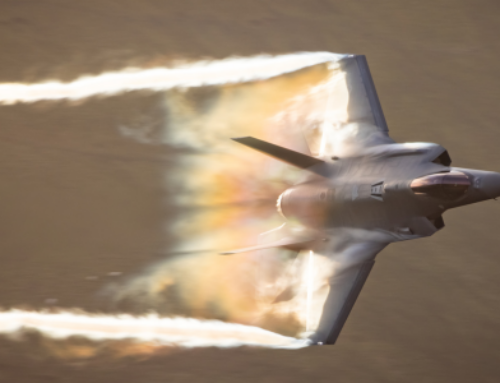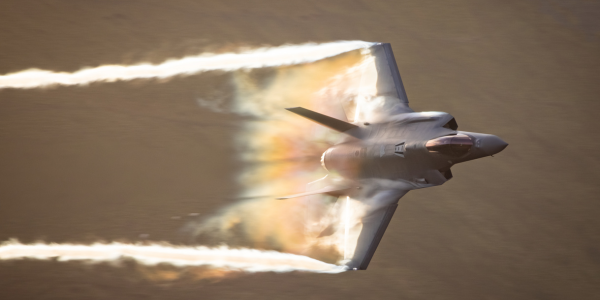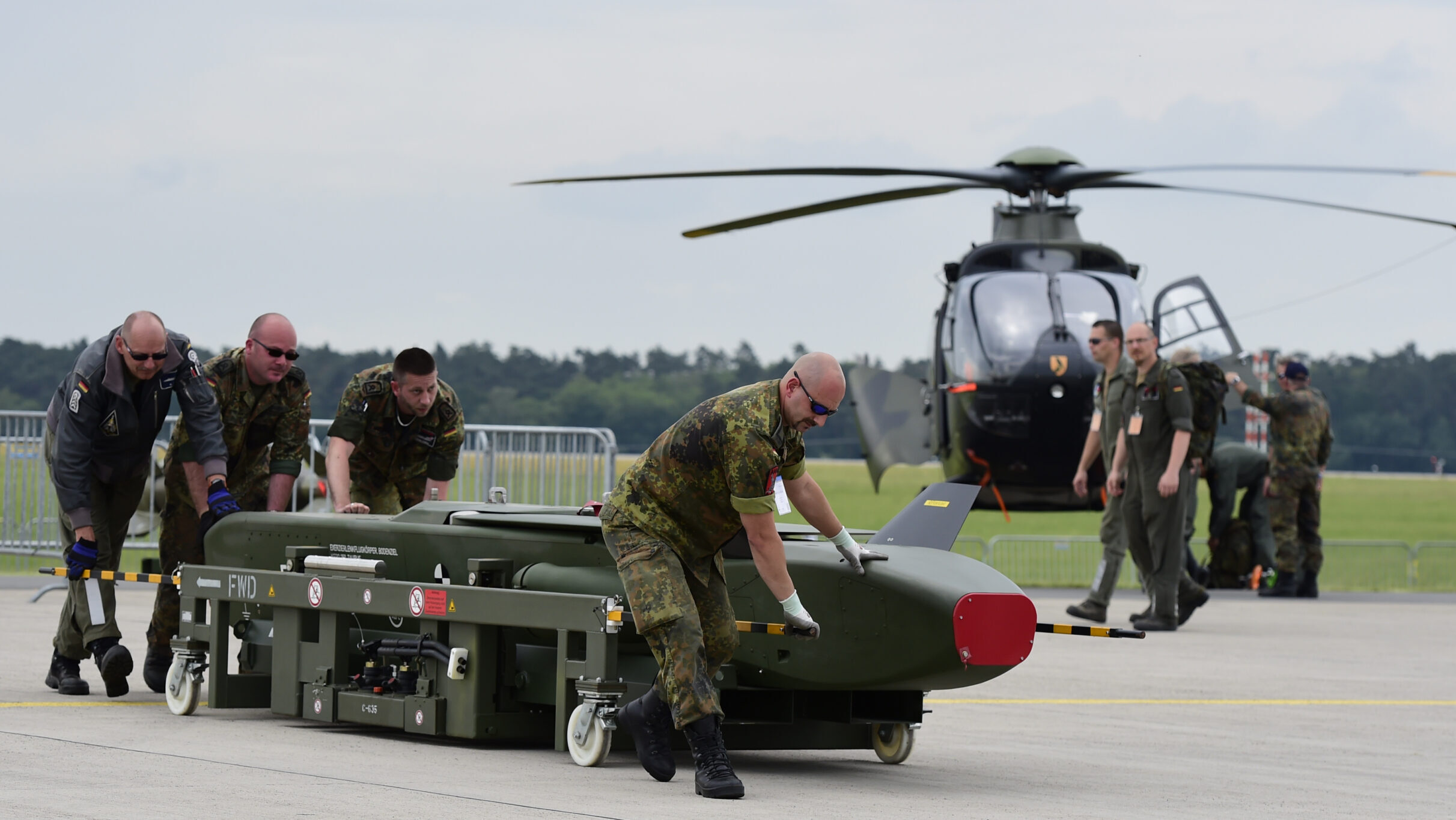India test-launched what it called a hypersonic missile on Nov. 16. (Indian Defense Minister Rajnath Singh via X)
WASHINGTON — India is claiming a successful test of a hypersonic missile over the weekend, but the system is likely a ways away from being a real game changer, analysts tell Breaking Defense.
Little is actually known about the test, including the name of the new weapon. According to a statement from defense minister Rajnath Singh, the “historic” launch happened Nov. 16 from Dr. APJ Abdul Kalam Island, off the coast of Odisha. A photo shows that it was tested from a mobile launcher. And the weapon, produced by the Defense Research and Development Organization, has a range of greater than 1,500 km, according to a government statement.
“The flight data … confirmed the successful terminal maneuvers and impact with high degree of accuracy,” the statement reads, according to Reuters.
Without greater detail, however, it’s unclear exactly how different this weapon is from systems already in Indian hands. Technically, most ballistic missiles are able to reach hypersonic — Mach 5 or higher — speeds. What sets apart the current crop of weapons loosely grouped as “hypersonic” is the ability of the reentry vehicles to maneuver at high speeds, making them much harder to intercept.
Tom Karako, a missile defense expert with the Center for Strategic and International Studies, said that while it’s entirely possible this new weapon has that capability, it’s never good to leap at assumptions.
The @DRDO_India has successfully conducted a flight trial of its long range hypersonic missile on 16th Nov 2024 from Dr APJ Abdul Kalam Island, off-the-coast of Odisha.
Raksha Mantri Shri @rajnathsingh has congratulated DRDO, Armed Forces and the Industry for successful flight… pic.twitter.com/wq7yM2YS9f
— रक्षा मंत्री कार्यालय/ RMO India (@DefenceMinIndia) November 17, 2024
“It may well be that this particular missile partakes in several characteristics of so-called ‘hypersonic flight,’” he told Breaking Defense. “But it’s important to emphasize that there is no such thing as ‘a’ hypersonic missile, there is a spectrum of delivery systems that contend with the challenging and violent aerodynamic and thermal environment.
“Whether it is a game-changer or not is debatable, but it is clearly part of a larger trend towards high speed maneuvering missiles of various types.”
Ankit Panda, the Stanton Senior Fellow in the Nuclear Policy Program at the Carnegie Endowment for International Peace, said the weapon sounds less like a game-changer and more of an “evolutionary step.” And, he said, moving to the next level will take a confluence of factors: “Much will depend on whether this system receives political sanction and if it can lead to cost-effective procurement plans for hypersonic payloads. Both are indeterminate at the moment.”
In the Pacific region, where long-range strike is a vital tool for any nation expecting to go to war over great distances of water, the lure of hypersonic weapons is easy to understand. The United States, China, Russia and North Korea have all claimed some version of a hypersonic weapon in recent years.
As a result, India’s pursuit of such systems is as much about military benefit as it is political, said Panda.
“I think this test is the result of technical, political, and strategic factors. At the strategic level, China’s growing midcourse missile defense capabilities no doubt have had planners in India thinking about the problem of assuring retaliation in the future. Hypersonic payloads will be naturally appealing for this reason,” he said.
“Politically, India has also ascribed value in the past to making clear that it can join the ranks of the few, elite states that have mastered certain strategic technologies. We saw this previously with their direct-ascent anti-satellite weapon test in 2019, and similar dynamics may underpin the push to develop hypersonic weapons.”











